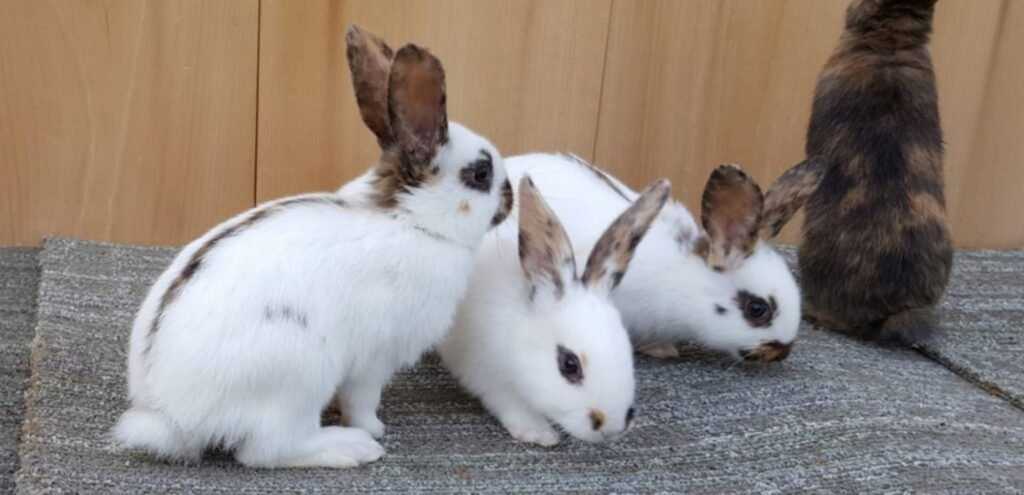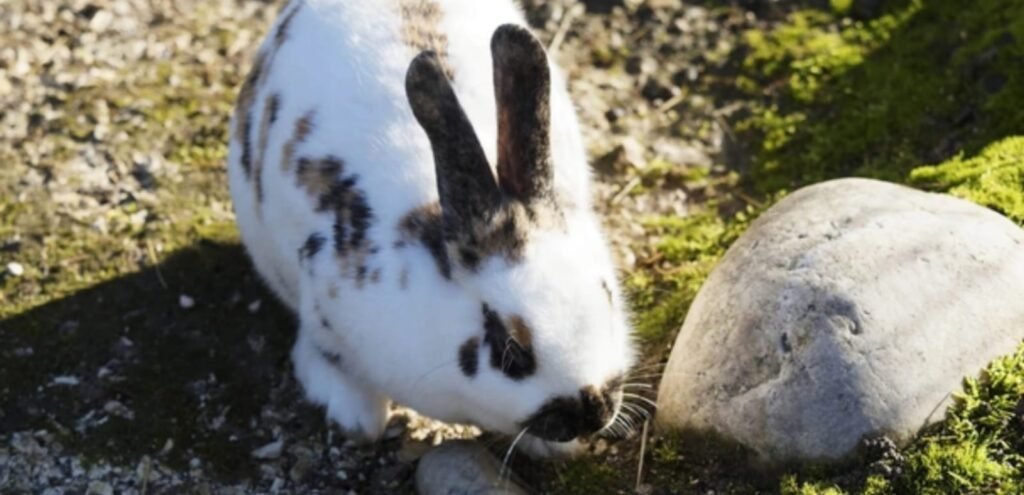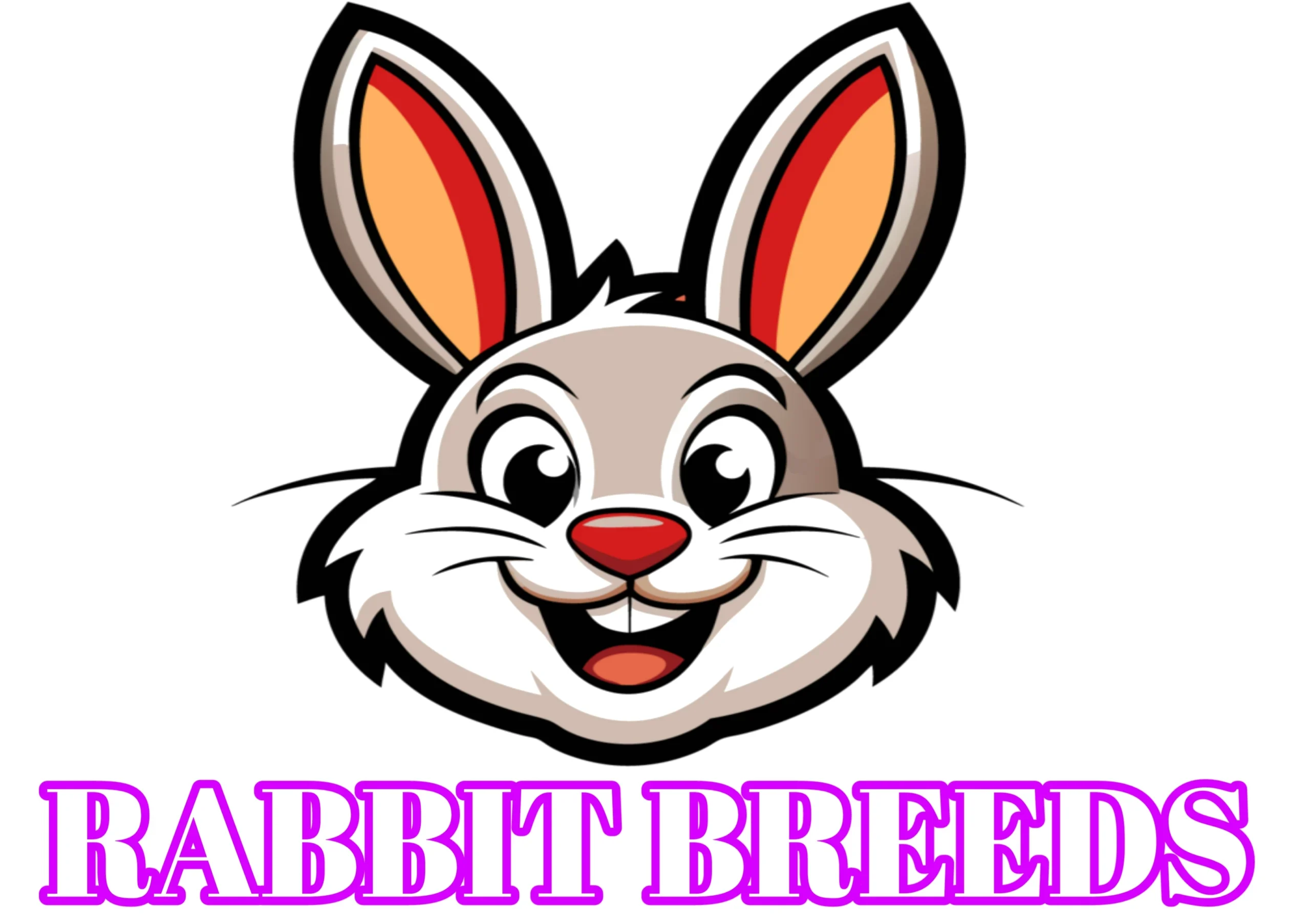Rhinelander Rabbit | Friendly & Eye-Catching Rabbit Breed
A rare and beautiful looking breed, the Rhinelander rabbit is well characterized by the spotted coat, active temperament and friendly personality. This medium sized rabbit is of German origin and was developed for exhibition and companionship rather than for meat or fur production. The Rhinelander stands apart from rabbit breeds with a balanced body, upright ears and a distinctive butterfly shaped marking on its nose.

An energetic and engaged companion makes it an excellent pet for those who enjoy one. A Rhinelander rabbit needs proper care, such as a spacious living area, a well balanced diet and social interaction, for a happy and healthy rabbit. This article will discuss the history, classification, characteristics, care needs and suitability of the Rhinelander rabbit as a pet.
History of Rhinelander Rabbit Breed
The Rhinelander breed traces its origins to Germany in the early 20th century. The breed was created in 1902 when Joseph Heintz crossed a Harlequin rabbit to a Checkered Giant and produced a rabbit with an unusual patterned coat. Soon, these rabbits became very popular in Germany due to their unique appearance and lively personality.
The Rhinelander was officially recognized and exhibited across Europe by 1924. Due to a decline in numbers after World War II, the breed was nearly lost but was revived by dedicated breeders. The Rhinelander was brought to the United States in the 1970s and was accepted by the American Rabbit Breeders Association (ARBA) in 1975. Today it is a rare but much loved breed amongst rabbit enthusiasts and exhibitors.
Classification of Rhinelander Rabbit Breed
By Purpose
The Rhinelander is not a meat or fur producing breed like some other rabbit breeds have been developed for, but is rather an exhibition and companion animal. It is a favorite in rabbit shows where judges judge the symmetry of its markings, body shape and coat quality, and its striking coat pattern makes it a medium sized rabbit. The Rhinelander is a great pet as it is playful and affectionate, and is also great for rabbit lovers who enjoy an interactive and sociable animal. Its sturdy build and well proportioned body do not make it a typical meat rabbit but it is still an appealing rabbit.
By Size
Adult weights of the Rhinelander are medium to large, ranging from 6.5 to 10 pounds. Its arching well balanced body is long and powerful legged, giving it an athletic appearance. Upright and alert, its ears are usually four to five inches long. The breed’s coat has a white base color with symmetrical black and orange markings, including a signature butterfly marking on the nose. The Rhinelanders are a very active breed and thus, as they require plenty of space to move around and explore, they are much better suited to owners able to offer them adequate space.
Most Popular Rhinelander Characteristics
However, the Rhinelander is most famous for its unusual tricolor coat pattern of symmetrical black and orange markings on a white background. The breed has these markings in a certain arrangement along the body, head, and ears and gives it a striking and elegant look. The Rhinelander is also known for its lively and friendly temperament. It is intelligent, enjoys human interaction, can be trained to respond to its name and use a litter box. Unlike more docile breeds, Rhinelanders are energetic and are very active, therefore needing regular exercise and mental stimulation. Active rabbit owners will enjoy these rabbits as they do best in environments where they get daily attention and playtime.

Explore Other Popular Breeds
Factors to Consider When Choosing a Rhinelander
Before bringing a Rhinelander rabbit home, potential owners should take into account several things. First of all, these rabbits are very active and need a large living space, whether indoors or in a safe outside enclosure. They do not do well in small cages and do best when given plenty of room for running and playing. Second, their health must be carefully managed through their diet. Hay, fresh vegetables and high quality pellets must be fed in a balanced diet.
Third, a Rhinelander is socialized to keep it happy. Companionship is what they enjoy, and they should not be left alone for long. Finally, Rhinelanders can be susceptible to dental problems and obesity and should be seen by a regular veterinarian. However, they become wonderful pets with the type of environment and attention.
Tips for Responsible Rhinelander Ownership
Rhinelander rabbit is a commitment and preparation. They should be placed in a spacious enclosure with enough room for exercise and exploration. Naturally, rabbit proofing their indoor or outdoor enclosures is key; do not let a rabbit become a victim of furniture chewing or chewing on electrical cords in their indoor area, or a predator proving enclosure must be weather resistant and predator proof for outdoor use. The digestive health of your horse is maintained on a diet of hay, topped with fresh greens and quality pellets.
Due to their short coat they need to be groomed minimally, but a regular brushing helps to reduce shedding. Rhinelanders are social animals and need daily interaction and playtime. Toys and mental stimulation also benefit them. A Rhinelander is a long lived dog that can live to be up to 8 years and more with proper care, it will be a great companion to its owners.
Fun Facts About Rhinelanders
- Rhinelander rabbits are known for their visually striking, distinctive tricolor coat pattern.
- Unlike many spotted breeds, Rhinelanders have symmetrical markings, which are crucial in show evaluations.
- True to their name, Rhinelanders are playful and energetic, often expressing excitement through joyful binkying (jumping).
- Dedicated breeders revived the breed when it was nearly extinct, preserving its unique beauty and friendly personality.
- The breed is named after the Rhineland region of Germany, where it was originally developed.
FAQs on Rhinelander Rabbits
Conclusion
The Rhinelander rabbit is a unique and endearing breed with a lovely appearance and a distinguished heritage. Bred originally in Germany for exhibition, it has become a beloved pet for those that enjoy an active and sociable rabbit. Rhinelanders need plenty of room, a balanced diet and social interaction. Due to their mark and amiable personality, they are a hot favorite for anyone breeding rabbits. They are more work than some other breeds, but their affectionate and playful nature is a reward. A Rhinelander rabbit can provide many years of joy to its owner with proper management and care.
